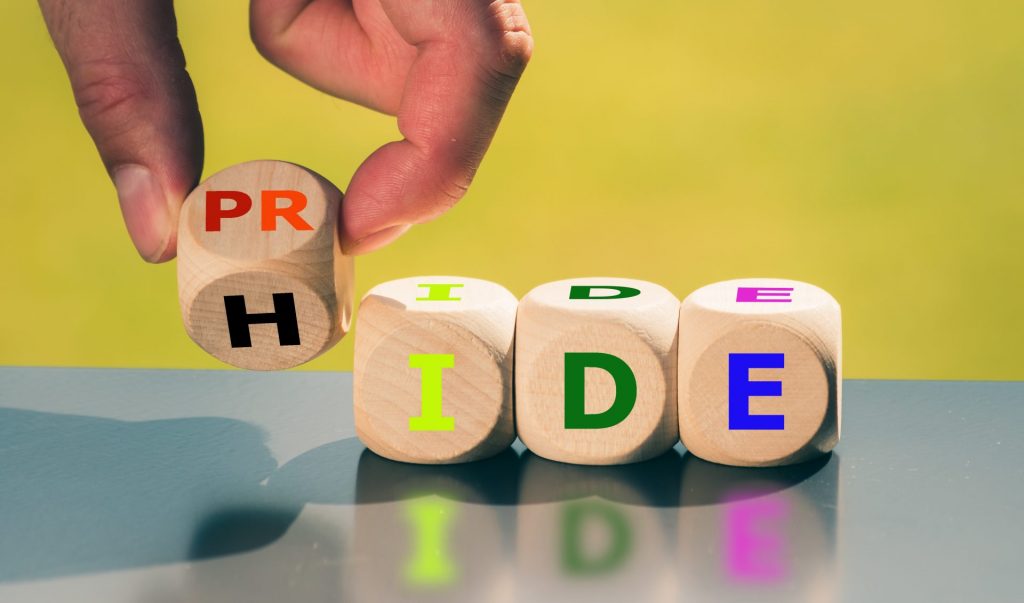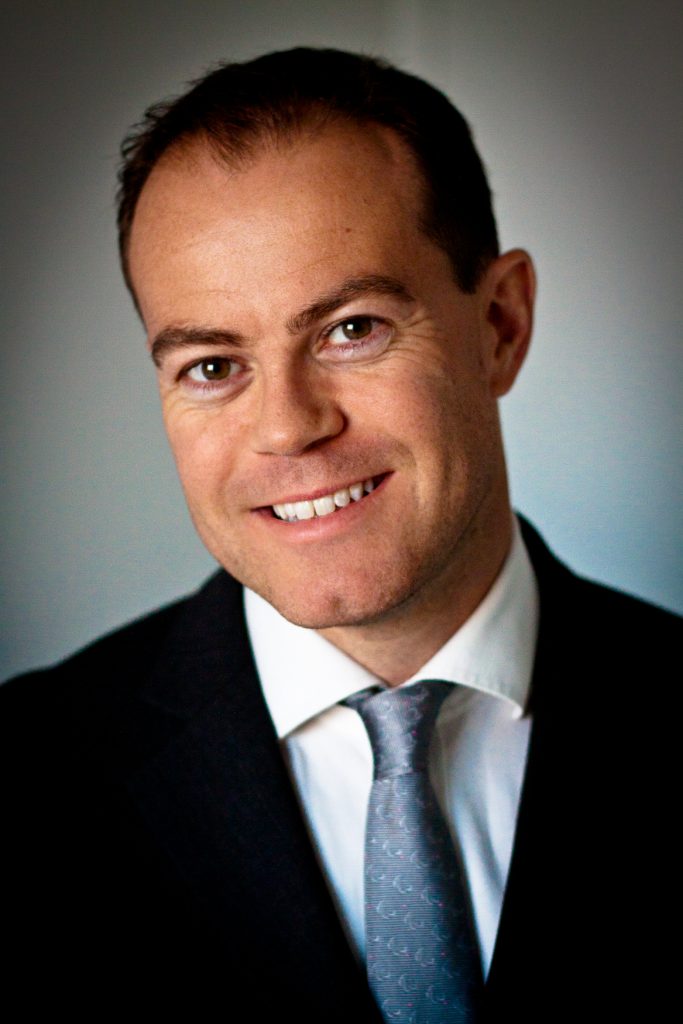To mark LGBT History month, this February, Stephen Frost examines how far the business world has genuinely embraced inclusivity and offers some advice on enhancing inclusive workplaces
Undeniably, the world has come a long way in LGBTQ+ inclusion over recent years. With more states offering employment protection and recognition of LGBTQ+ partnership rights than ever before, there is much to celebrate. However, while progress has been made, there is still a long way to go. In more than half of the world, LGBTQ+ people are not be protected from discrimination by workplace law.
In 72 countries gay relationships are still criminalised. Eight countries still uphold the death penalty.
Even in countries where LGBTQ+ rights are protected by law, many still feel uncomfortable revealing their gender identity or sexuality. In the United States, studies show that 53% of LGBTQ+ workers are not out at work, and many British graduates go back into the closet when entering the work environment, even though they’ve been openly out at university.
The Empathy Deficit
Being LGBTQ+ in a largely straight organisation often means going against the ‘norm’. This can place you at a disadvantage. For example, most colleagues might assume people will have a partner of the opposite sex, and breaking that assumption requires courage and effort which can detract from efforts in the job.
A few years ago, one of my clients offered a star performer a promotion opportunity which meant relocating to Qatar. While most people would be thinking about the working conditions or their salary, his concern was whether he would be able to take his male partner with him.
There is a huge empathy deficit in many large corporations. A sole focus on specific contexts, short-term results and commercial returns can result in many companies not creating environments where great talent can thrive and flourish. Promoting only for technical ability, and not people management, results in managers lacking empathy that would otherwise allow them to appreciate what it might be like to come from a different background.
Empathy lies at the heart of true inclusion. By not assuming everyone is like you and being able to see situations from somebody else’s perspective, you can make it easier for others to bring their whole self into work. This allows team members to do their best work and be more productive for the whole company.
An empathic culture is particularly important for Millennials, who are demanding a different kind of working experience: they are looking for connections; they want their voices — and their workplace requirements — to be heard. In most cases, organisations are making slow progress in meeting diversity targets so it’s becoming widely accepted that we need to recognise the wide range of social, biological, psychological and organisational factors that influence how we think and operate.
Our homophily nature
It is human nature to surround ourselves with similar people. This natural and normal tendency to gravitate towards like minds is called homophily.
Many of us are absolutely convinced we are colour blind, that we ‘don’t discriminate’, and that treat everyone ‘the same’. However, the fact is that we all have biases, and the world is not a level playing field. Saying you treat all people the ‘same’ is a misnomer when people are intrinsically different – treating different people ‘the same’ leads to inequitable outcomes.
If we don’t actively look for diversity, inclusion won’t ‘just happen’. Those at the top may feel they have worked their way up based on their ability. However, they may not recognise the advantages they had on their journey and the fact that others from a less privileged upbringing may not have had the same opportunities.
Celebrating Diversity
Achieving LGBTQ+ equality is perhaps less about LGBTQ+ people, and more about straight people and the lack of empathy to be able to be able to see the need for inclusion. Whenever there’s an ‘LGBTQ+ initiative’ at work, for example, how often have you heard others say, ‘where’s my network/programme/quota?’
The truth is, it’s not just a zero-sum game of straight v gay but about enlarging the pie – how straight people can benefit from LGBTQ+ people advancing in all walks of life.
Diversity is a reality. There are the obvious demographic differences amongst us; gender, race, ethnicity and so on. Then there are the less obvious, but none the less critical, differences such as sexual orientation, hidden disabilities, cognitive ability and persuasion, political view, personality type. But ultimately diversity is infinite – no two people are the same, and it is this diversity of people that makes it valuable.
Companies need to be using their communications to ensure straight people, especially men, realise diversity is about them too – International Men’s Day is on 19 November. Once this foundation is laid a culture of empathy and acceptance of diversity can flourish within an organisation.
Creating a culture of transparency
As an organisation, the best way to see how your company ranks in terms of LGBTQ+ inclusivity is just to look at the numbers. In our population, around 6% identifies as LGBTQ+, and so a truly inclusive organisation should look at their own figures compared to that benchmark.

If your company can say with transparency that ‘3% of our workforce identifies as gay,’ it isn’t a measure of diversity just as saying ‘50% of our workforce are women’ would be, it is a measure of inclusion. The percentage of your workforce that identify as gay is the measure of how many LGBTQ+ people in your office feel comfortable enough to declare their orientation at work. Using data is a powerful way to understand how inclusive your company is, allowing you to take real action to improving inclusion.
Transparency is one of the best tools we have to challenge poor or unthinking decision-making.
Room at the top
A successful meritocracy requires that talented people can see a career path open to them. Having diverse role models that have successfully navigated the system without compromising their identity will allow LGBTQ+ employees to see that the workplace is an inclusive environment. Using your employee network and employee resource groups (ERGs) in this regard can be especially powerful.
LGBTQ+ people might be less likely to put themselves forward compared with straight applicants for jobs and promotions, as well as being more wary of culture and psychological safety. So, if you don’t pre-emptively assure them you are LGBTQ+ friendly, they won’t necessarily assume you are. Companies therefore need to be proactive in seeking out and encouraging LGBTQ+ people to advance through leadership development programmes, reverse mentoring and networking. This all adds to the senior cadre of LGBTQ+ employees you have in your network.
People are inspired by leaders that believe in an inclusive mission. It’s more effective to lead by example and show rather than tell. There’s a saying that goes, people will forget what you said, forget what you did, but never forget how you made them feel. This has never been truer than with LGBTQ+ employees.

Stephen Frost is the founder of global diversity and inclusion consultancy Frost Included and co-author of new book Building An Inclusive Organisation, published by Kogan Page.



